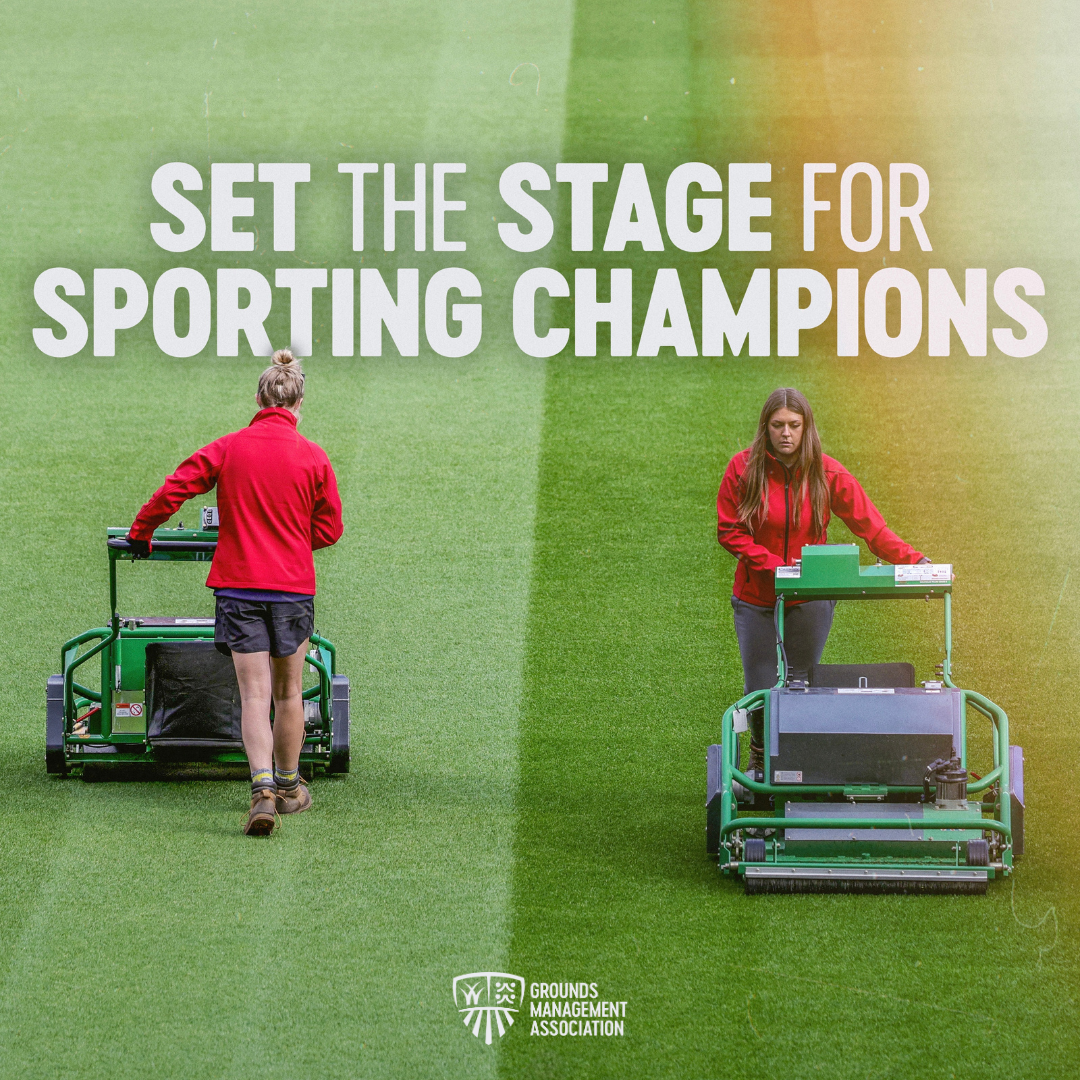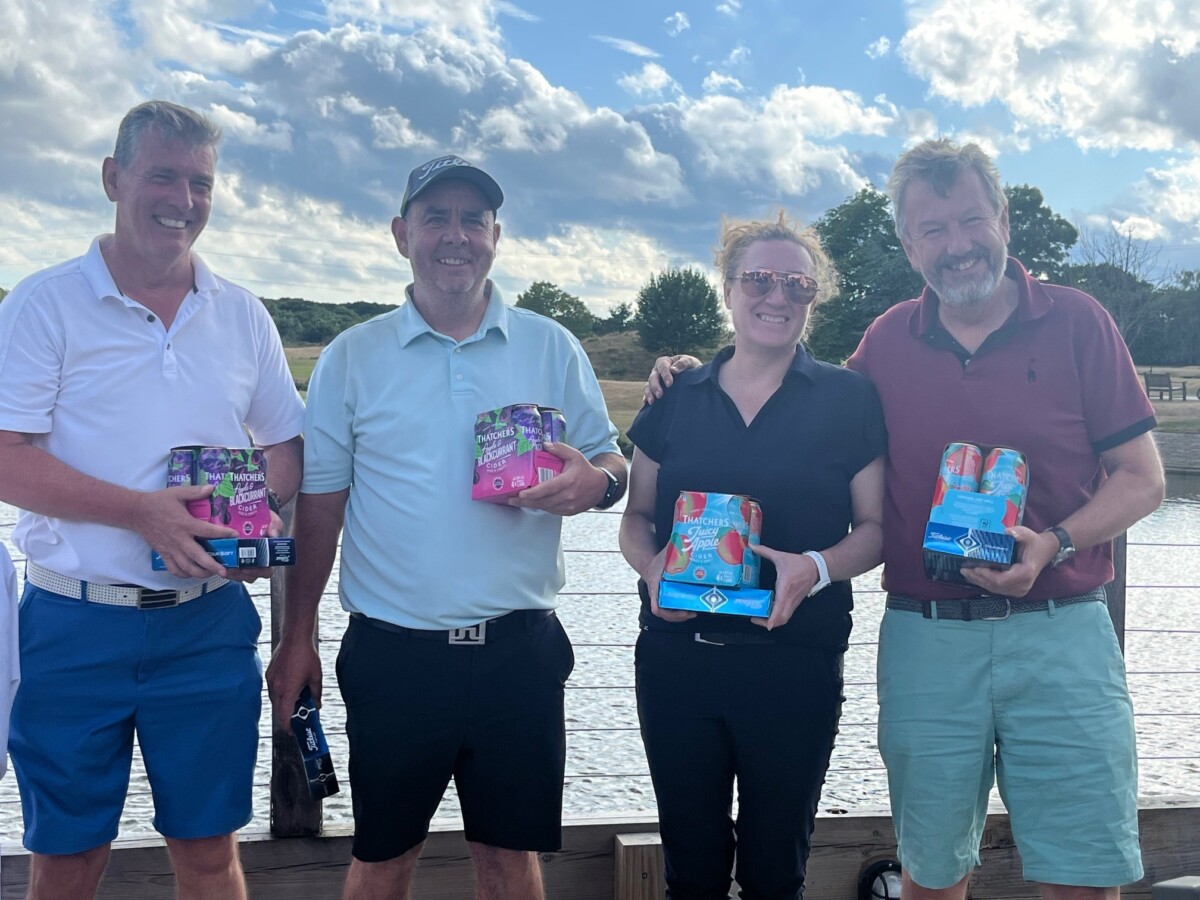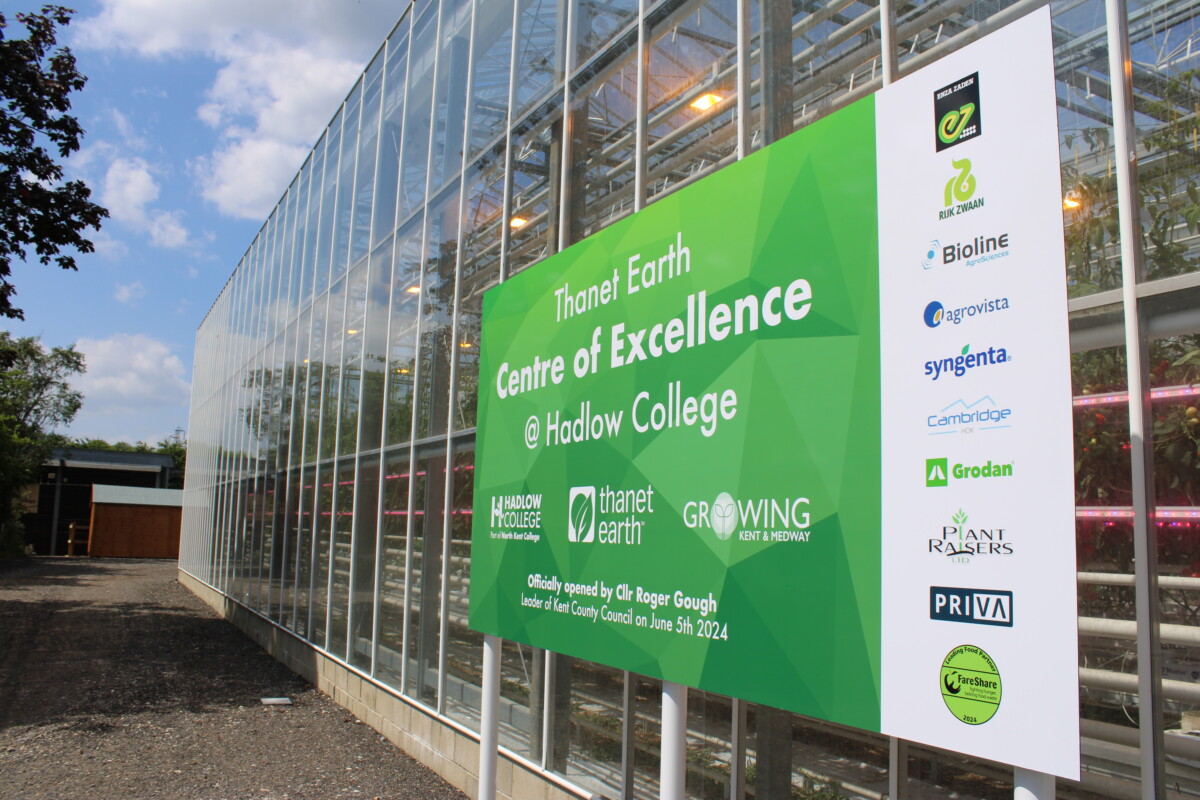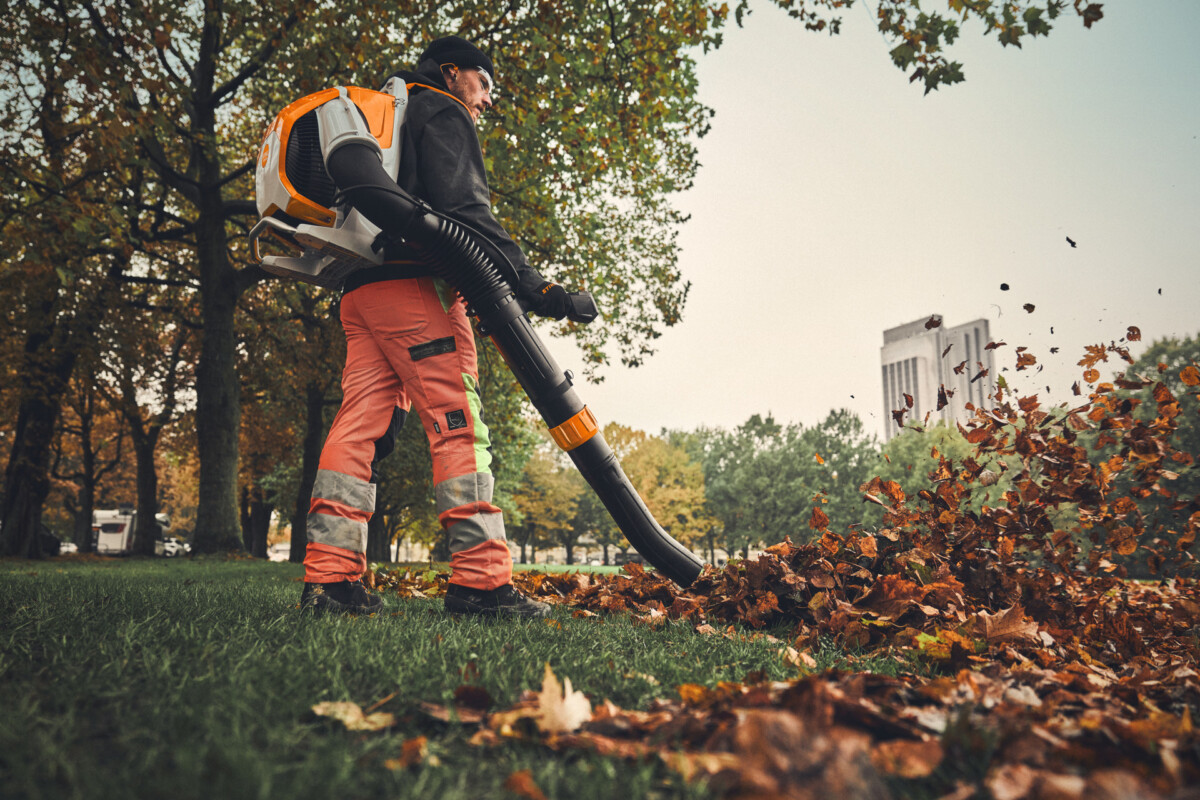Introducing a WOW factor: Scott MacCallum talks with Michaelyan Hip and discovers why Merchiston Castle School in Edinburgh attracts – and produces – illustrious sporting elite.
There are some things that are perceived to be quintessentially English. The jangling Morris Dancers parading down a high street; the strains of Jerusalem and the sound of leather on willow.
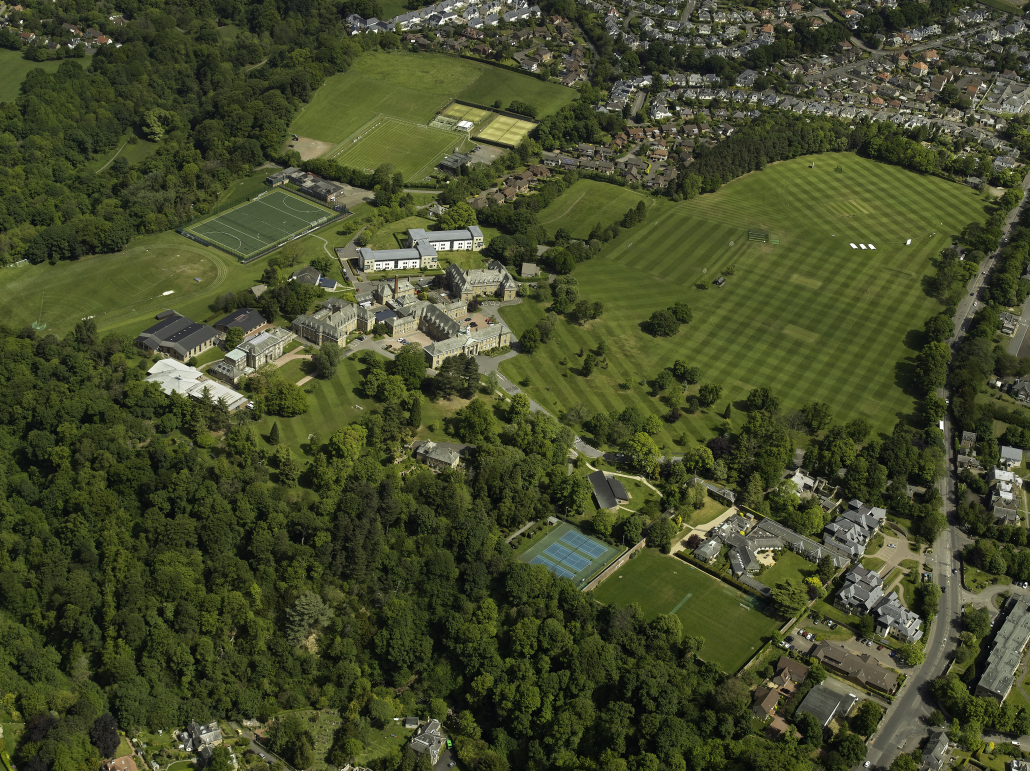
Introducing a WOW factor
All paint a Vicar of Dibley image of England, whether real or imagined, but that last one, leather on willow? Can England lay claim to the game of cricket? Yes, there is huge heritage going all the way back to WG Grace and the home of the game is recognised as Lords, but can it be claimed as English?
Well, one man, Michael Yan Hip, Head Groundsman at the exclusive Merchiston Castle School, in Edinburgh, makes a great case for Scotland’s place in the cricketing firmament.
“People, particularly from down south, say that Scotland is not recognised for its cricket, but there are more cricket clubs in Scotland than there are rugby clubs,” explained Michael, who has been in charge of preparing high quality sports surfaces at the school for the last 10 years, having moved to the school from BT Murrayfield, where he was a member of the ground staff.
“More people play rugby in Scotland than cricket but that’s because there are 15 in a team for rugby. Take Edinburgh as an example. In the Premier League there are Carlton, Grange and Heriots and then there are seven leagues below that. It’s the same in Glasgow.”
It was cricket that pulled Michael into groundmanship, at the age of 30, after a career in insurance and advertising. He’d already developed a taste for groundsmanship acting as a volunteer at Penicuik Cricket Club.
“The love of cricket came from my father, who was from the Caribbean, born in Trinidad. He was a very good cricketer. I was a pretend cricketer. He had an excellent eye while I didn’t at all. I had to wait for the ball to come to me and deflect it down to fine leg because I didn’t see it early enough.
“I had to work very hard with my limited ability, but what I did have was a real passion for the game,” said Michael.
“I played a lot of cricket in the Border League but being a short man of five foot five, I wasn’t very comfortable with getting close to the ball. The pitches were generally uncovered and lacking in clay or loam so the ball was always going to jump and spit at you on some of the pitches we played on,” said Michael, who was quick to list the cricketers – Brian Lara, Sachin Tendulkar, Ricky Ponting, Sunil Gavaskar, even Don Bradman – who were on the diminutive side.
“I wanted young cricketers learning the game to be comfortable getting their head over the ball and not worried that it would be jumping up and hitting them. I was hit quite a few times as a youngster and it sets a trend and you lose confidence.”
It was all the more worrying that back in those days helmets hadn’t been invented!
“So I didn’t have a helmet back in 1976, but then my father was old school even frowned on a thigh pad His view was that you had a bat so why would you need a thigh pad.”
Michael gives great credit to a legendary figure within Scottish cricket – Willie Morton, a superb spin bowler, coach and national selector, who captained Scotland, played County cricket for Warwickshire, and was Head Groundsman at George Watson’s College, in Edinburgh, for over 30 years.
“It was the great Willie Morton who had me playing for five years longer in the first team than I should have. I was playing National League cricket on the better pitches in Edinburgh and Glasgow.
“That was what got me into groundsmanship. The minutiae and nuances of what goes into producing a good cricket wicket was what got me really excited,” said Michael, who was extremely proud when Merchiston won the IOG’s Independent Schools Grounds Team of the Year in 2019.

Introducing a WOW factor
“Dave Stewart and Stuart Chalmers have been with me virtually from day one and they do remarkable jobs here at Merchiston. They both fully deserved the Team of the Year Award.”
Michael actually began his groundsmanship career at Merchiston, in March 1995, and via a short stay at another Edinburgh school, Stewarts Melville, arrived at Myerside, home of George Watson.
“Willie Morton came in for me, because I am a qualified cricket coach, he wanted me to coach a bit of cricket on top of working on the grounds and knew I was an experienced groundsman. So, I coached the second 11 and was Assistant to Willie for six and a half years.”
Via spells at another Edinburgh school, Loretto, and King Edward’s School, in Birmingham, plus a period on the Ground Staff at BT Murrayfield he returned to Merchiston as Head Groundsman, 10 years ago.
Merchiston Castle School is an independent boarding and day school for boys, and is open to boys between the ages of seven and 18, either boarding or day.
A range of sports and activities is available at the school; most notably in rugby union, which 70 Merchistonians have played at international level. Hooker Dave Cherry became Merchiston’s latest Scotland cap when he took to the field against England at Twickenham in February.
The former 1st XV coach, Frank Hadden, who was at the school from 1983-2000, was the head coach of the Scottish national team from 2005-2009, while Rob Moffat, another international level coach, and current coach, Roddy Deans, ensure high quality pupil input and that the conveyor belt of high quality Scottish players is in good order.
“We have 97 acres at the school of which around 20 are woodland,” explained Michael, who is head of a team of five.
“We have eight rugby pitches, two smaller football pitches while we recently had a 2G sand-based hockey pitch installed. Our main pitch is 130 metres by 68 metres wide while the rest are all of varying sizes including the 80 metre by 40 metre pitch for the under 11s.
“For cricket, we have five grass areas – the main one on which we spend most of the time and the others where we spend as much time as we can, given we are a team of five,” said Michael, who explained that he had also introduced an scheme whereby Old Boys working as seasonal help in the summer.
“Recently, we have had Chris and Tom Sole, who have gone on to play cricket at a high level, and who are sons of Scottish rugby legend and 1990 Grand Slam winning Captain, David.
“We have two sets on cricket covers, the latest set arriving a couple of years ago which help our pitch preparation while the old set are used to keep a wicket dry to give the boys somewhere to practise.”
A football pitch is transformed into an athletic track in the summer. Michael is well versed with coping with the Scottish weather and can think back to his induction in ’95 and how since then the industry has evolved and developed since then and taken in the requirements from various parts of the country.
“I was given a photocopied piece of paper which explained that we should start rolling our square in mid-March. My view was that you could perhaps do that in the south of England but if he were to take his roller out in March it would get stuck!
“Up here our cricket wicket doesn’t start growing until the middle of June.”
His fertiliser programme has evolved over the last 10 years and working with his industry partners he has been able to remove his summer feed.
“I’ve recently started using a new product because it gives a longevity of 20-24 weeks. So, we are hoping that when we put it on in March it will take us all the way through to September, because it takes longer to break down.”
Having seen the level at which his English-based colleagues operate Michael is refreshingly frank.

Introducing a WOW factor
“When you see schools hosting county second team matches or Premier League football clubs for their summer training you wouldn’t be much of a groundsman if you didn’t have a little bit of the green-eyed monster when you see the facilities they have and the standards that they reach.”
However, Michael and the team have had their fair share of illustrious guests. England, pre Calcutta Cup, the All Blacks during a visit to Scotland and Pakistan and Afghanistan cricket teams, during short tours of Scotland..
“Coach, Mickey Arthur, was particularly complimentary about the pitch on which his Pakistan team practised.”
Michael is a huge advocate of groundsmanship across the board and believes that not enough credit is given to the work that is done.
“We create the pitches which enable high quality play to take place sometimes that is only noticed when planned renovations are shelved for whatever reason.
“We are as key an element of performance as the nutritionists and physios at a club. If a pitch is too soft, or the sward too long, fatigue and then injury is much more likely. We can determine how the various games are played by the very nature of the surfaces we produce.”
While he is very much a cricket man, it is all of the sports played at the school which given him pleasure and a pride in what he and his team achieve.
“I love seeing the boys out on the pitch in one of our local derbies, on pitches that we’ve create for them,” said Michael, name checking Jamie Dobie, Rufus McLean, Matt Currie and Dan Gamble, all recent professional players and who are more than likely to join the alumni who have worn the dark blue of Scotland before long.
“We also have an incredible cricketer, Tom McIntosh, who has recently signed for Durham, for whom great things are expected.”
Michael of also proud of how the school is presented and shows itself to anyone arriving up the school drive.
“I was asked at my interview what I would bring to the school and I said the Wow factor and I think when we have people visiting the school in the height of the summer and we have it cut, strimmed, edged and shaded we achieve that.”
When the snow disappears Michael will be back on his pitches making sure the best possible surfaces for all sports, including his beloved cricket.












